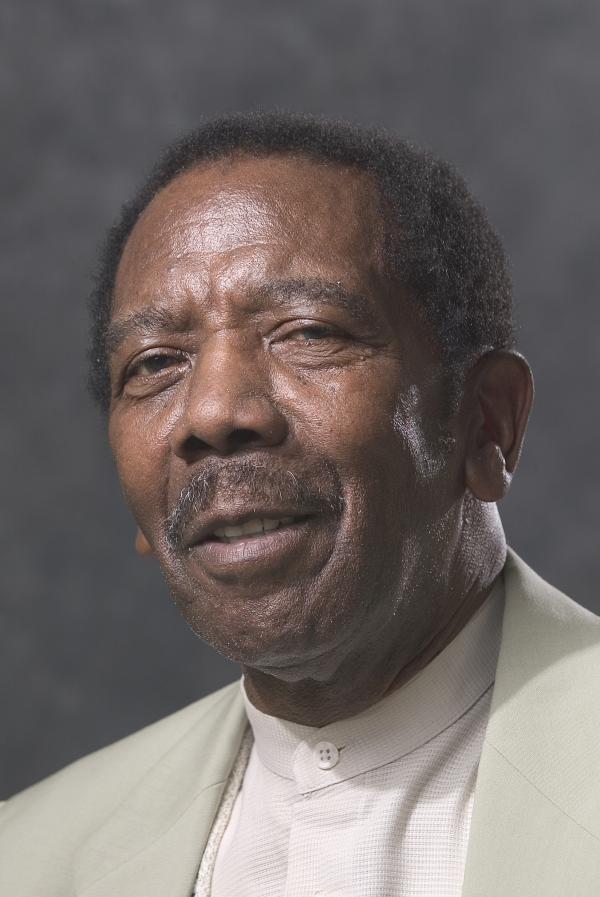Jimmy Smith

Photo by Vance Jacobs/vancejacobs.com
Bio
"You can bet your bottom collar, you will never hear me holler. However, I will make an exception and holler loudly, ''Thanks.' I appreciate your recognition of the efforts that I have made in developing the sounds of the Hammond organ."
Jimmy Smith personified the jazz organ revolution. He raised the organ—specifically the legendary Hammond B3, over which he reigned during the 1950s and 1960s—from a novelty instrument in jazz to primary status. Having first learned piano from his parents in his native Norristown, Pennsylvania, he was playing stride piano by 14 and performing with his father by the early 1940s. He joined the Navy at age 15 and after discharge attended the Hamilton School of Music (1948) and Ornstein's School of Music (1949-50), where he studied bass and piano. He then switched to the Hammond organ, practicing in a warehouse for a year.
Inspired by the great horn players of the day—Don Byas, Arnett Cobb, Coleman Hawkins—as well as by pianists Art Tatum, Erroll Garner, and Bud Powell, he cut the tremolo off and began playing horn lines with his right hand. He also created a new organ registration to simulate Garner's sound, establishing the standard for jazz organists who would follow.
Smith's burgeoning reputation soon took him to New York, where he debuted at Café Bohemia. His fame grew with his influential Blue Note recordings (1956-63), including brilliant collaborations with Kenny Burrell, Lou Donaldson, Jackie McLean, Wes Montgomery, Lee Morgan, Ike Quebec, and Stanley Turrentine. His appearances at Birdland and the 1957 Newport Jazz Festival solidified his international prominence as the first jazz organ star.
He toured extensively through the 1960s and 1970s and continued to release hit albums, this time on Verve (1963-72), including several big band recordings with such stellar arrangers as Oliver Nelson and Lalo Schifrin. His reputation in the 1990s was enhanced by the sampling of his Verve work by rap group the Beastie Boys on the song "Root Down."
He recorded for the Blue Note and Milestone labels in the late 1980s through the 1990s, and in 2001 released his first new recording after a five-year layoff: Dot Com Blues, which featured guest appearances by Dr. John, Taj Mahal, Etta James, Keb' Mo', and B.B. King.
Selected Discography
A New Sound, A New Star: Jimmy Smith at the Organ, Vols. 1-2, Blue Note, 1956
The Sermon!, Blue Note, 1958
Root Down, Verve, 1972
Fourmost, Milestone, 1990
Dot Com Blues, Verve, 2000

